Nuncio’s Full Address to USCCB Plenary Meeting
Archbishop Christophe Pierre, Apostolic Nuncio to the United States
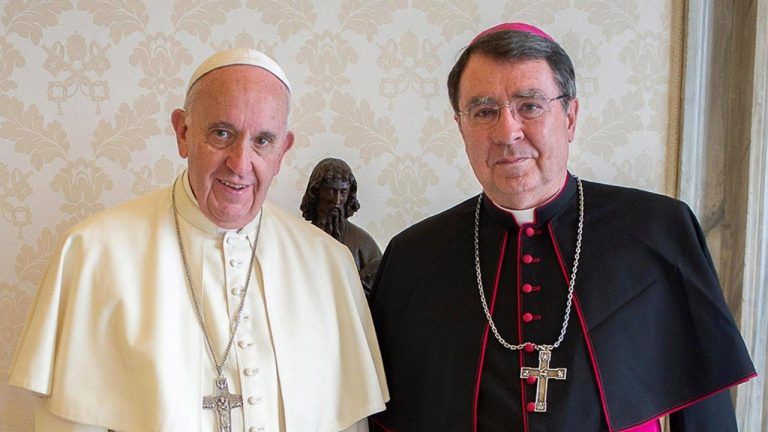
Here is the full address of Archbishop Christophe Pierre, Apostolic Nuncio to the United States, presented June 16, 2021, to the United States Conference of Catholic Bishops (USCCB) spring plenary session. The meeting was held virtually June 16-18.
ADDRESS OF HIS EXCELLENCY ARCHBISHOP CHRISTOPHE PIERRE TO THE UNITED STATES CONFERENCE OF CATHOLIC BISHOPS PLENARY ASSEMBLY, JUNE 16, 2021
Introduction
My Dear Brothers in Christ,
I greet you in the name of Pope Francis, assuring you of his closeness, fraternal support and prayers as you gather for this Virtual Assembly of the Episcopal Conference. I am looking forward to being with you in-person soon. I thank His Excellency José Gomez, Archbishop of Los Angeles and President of the USCCB, as well as Monsignor Burrill and the staff of the USCCB for the invitation to speak to you.
When I spoke to you last November, I reflected on Fratelli Tutti. At that time, I spoke about the challenge of healing the world as it emerged from the pandemic. Unfortunately, the pandemic continued longer than we anticipated here and continues around the world. Although the vaccines have brought hope to many that things may return to something resembling a normal way of life, our world and this country have been profoundly changed. The Church herself has been affected, and now throughout the country, many dioceses are planning how best to help people to return to Mass and to begin once again to be the Church that Christ calls us to be.
But which type of Church is that? In Fratelli Tutti and again in the Congregation for the Doctrine of the Faith’s document Samaritanus Bonus, the model proposed is that of a Good Samaritan Church that goes forth with compassion and mercy, in solidarity with those who suffer in order to bring them true healing. As we emerge from the pandemic, we must ask ourselves: are we a Church that responds to the true needs of our people?
It seems to me that Jesus would often look out at the vast crowds and see their suffering and would satisfy their deepest hungers and desires, including the desire for mercy. Without disregarding the law, Jesus understood the mission entrusted to Him by the Father to proclaim the Kingdom; to restore sight to the blind; to help the lame walk and continue their journey with God; to restore health to the leper; to help the deaf to hear the words of salvation; and to preach the Good News to the poor. As the Church in the United States emerges from the pandemic and looks to invite people back to church and attract new members, she would do well to learn from Jesus, both in content and method.
The Content: Beginning Again from Jesus Christ
When I began my mission in the United States, one of my first engagements was to deliver the St. Agnes Lecture in Pastoral Theology at Immaculate Conception Seminary in Huntington, New York. There, I emphasized the need for the proclamation of the kerygma as a means of evangelization. But why?
At the time, I quoted then-Cardinal Jorge Mario Bergoglio, SJ, in his book- length interview El Jesuita:
“Some choose a Mass based on how the priest preaches. But after two months, they say that the choir isn’t working well and then they turn to change again. There is a reduction of the religious to the aesthetic. It is like a changing of the ship in the religious supermarket. It is as if religion is a product to be consumed, very much linked to my tastes, and to a certain type of diffuse theism carried forward within the parameters of the New Age, where it is mixed a lot with personal satisfaction, relaxation, and well-being.” (S. Rubin-F. Ambrogetti, El Jesuita, Bs. As., 2010, 80-81.)
What does all of this really mean for us today? Well, the Pope continued: “I would say that the gravely serious thing that all this is expressing is a lack of a personal encounter with God, of an authentic religious experience. This is what I believe creates in the end the “religion a la carte.” I believe that one has to recover the religious act as a movement towards an encounter with Jesus Christ.”
For this to happen, rather than getting bogged down in the minutiae of complicated theological concepts or in slick but superficial marketing campaigns, we must be bold like Simon Peter on Pentecost and proclaim Jesus Christ. I place before you the words of St. John Paul II at the conclusion of the great Jubilee:
“Conscious of the Risen Lord’s presence among us, we ask ourselves today the same question put to Peter in Jerusalem immediately after his Pentecost speech: ‘What must we do?’ (Acts 2:37) … We are certainly not seduced by the naive expectation that, faced with the great challenges of our time, we shall find some magic formula. No, we shall not be saved by a formula but by a Person, and the assurance which he gives us: I am with you!
It is not therefore a matter of inventing a ‘new program’. The program already exists: it is the plan found in the Gospel and in the living Tradition, it is the same as ever. Ultimately, it has its center in Christ himself, who is to be known, loved and imitated, so that in him we may live the life of the Trinity, and with him transform history until its fulfilment in the heavenly Jerusalem. This is a program which does not change with shifts of times and cultures, even though it takes account of time and culture for the sake of true dialogue and effective communication. This program for all times is our program for the Third Millennium” (John Paul II, Apostolic Letter Novo millennio ineunte 29, 6 January 2001).
The kerygma – the proclamation of the Good News – is not a ‘traditional’ custom or a certain ‘social practice.’ The kerygma is the joyful announcement that Jesus Christ is a living Person to be encountered, who through His Resurrection has defeated sin and death.
When Christianity is reduced to custom, to moral norms, to social rituals, it loses, sooner rather than later, its vitality and its existential interest for the men and women of our day, particularly for those who are looking for hope after the pandemic; for those seeking authentic justice after the racial strife we have experienced; or for those who have come here seeking a brighter and safer future. It is one thing to meet the material needs of the poor, but Christianity offers more than an NGO or a social service organization. The Church offers salvation in the person of Jesus Christ.
When Christian morality asserts itself without Jesus Christ, even though the theological and philosophical conclusions might be correct, it does not penetrate the heart in a way that leads to conversion. Christian morality, Christian culture and Christian values are part of the action by which we show forth ‘the newness’ of Christian life, which flows from our encounter with Jesus Christ.
In other words, what is often lacking in the process of evangelization, and we certainly need to evangelize and catechize now more than ever, is ‘beginning again from Jesus Christ.’ To begin again from the experience of mercy that is offered to us, although we have sinned, is to reform our life with the help of grace so that our freedom, rather than alienating us, helps us to conform that life to the plan of God.
The starting point, therefore, cannot be to shame the weak but to propose the One who can strengthen us to overcome our weaknesses, especially through the sacraments of reconciliation and the Eucharist. With respect to the latter, Holy Communion is not merely a “thing” to be received but Christ Himself, a Person to be encountered.
A Catholicism that confuses itself with a mere cultural tradition or which cannot distinguish itself from other proposals, including political or ideological ones that are based on certain values, will never be convincing to this generation or to new ones. Jesus Christ is a Person, not a concept. He is the one who can “make all things new” (Rev 21:5).
Pope Francis tells us: “Our Lord Jesus Christ bursts forth into our history, marked by its vulnerability, with an incomparable dynamism, full of strength and courage. That is the kerygma, the nucleus of our preaching: the proclamation about the bursting forth into our history of Jesus Christ, in His Incarnation, Death, and Resurrection” (Jorge Bergoglio, El verdadero poder es el servicio, Editorial Claretiana, Bs. As. 2007, 197).
The Method: Encounter and Dialogue
Earlier I said that we would do well to learn from Jesus, not only in terms of the content of our preaching and teaching (the kerygma), but also from His method. Jesus’ method was one of encounter and dialogue. That is important for us during this Amoris Laetitia Year of the Family – to encounter families, even broken ones, and to accompany them on their journey through thoughtful dialogue. We know that families are hurting – economically, emotionally, and spiritually. We also know how many members of the flock struggle to live the Faith. We wish they would understand the Faith perfectly and act in accordance with right reason and consistently make good choices, but we are not a Church of the perfect but a pilgrim Church in need of the mercy offered generously by Christ.
Consider His encounter with the rich young man (Mk 10:17-22). Here was a man who had actually kept the commandments and inquired what more he must do. Jesus gazed upon Him with love, already seeing the desires of his heart. He invited him to sell his possessions; to give to the poor; and to follow Him. The man’s face fell, because he had many possessions. He was not yet ready to follow. Jesus loved him no less. The rich young man was not perfect but Christ challenged him, without crushing him. That the man was sad offers hope that perhaps his conscience would be awakened and that one day he would know the joy of being a disciple.
The method is clear: to encounter; to accompany; to love; to engage in respectful dialogue; and to challenge without crushing, in the hope of deeper conversion. Jesus used the same method in his encounter with Zacchaeus (Luke 19:1-10). Jesus was conveniently passing by when he saw Zacchaeus in that sycamore tree. Although Zacchaeus had many possessions, he was hated by his own people, but with insistence, Jesus called him, “Come down from that tree. Today, I must stay at your house.” Jesus spent time with him, and at the end of the day, Zacchaeus was a changed man.
Then, there is the unforgettable encounter between Jesus and the Samaritan woman at the well (Jn 4:4-42). Jesus did not shy away from dialoguing with a woman and a Samaritan. He did not attempt to skirt around the truth of the way she was living; rather, he thoughtfully, lovingly and progressively exposed her to the light of truth, offering her life-giving water, and a path forward, and she was able to leave behind her jar of water and the burden of sin to tell others about Jesus.
The late-Cardinal Jean Louis Tauran describes what this dialogue might look like: “The response is always and in any case a dialogue, an encounter … the only possible road is that of an unarmed dialogue. Substantially, in my opinion, to dialogue means to go toward another unarmed, with a conception of truth that is not aggressive, and yet not disoriented” (Jean-Louis Tauran, “Un altro passo verso l’abisso…”, intervista a cura di Paolo Rodari, La Repubblica, 27 July 2016, p. 8).
At the heart of dialogue is the communication of one’s own personal life to others. It is a sharing of the existence of others in one’s existence. It is not always about proving oneself to be right. It is about a mutual sharing of persons that deals with how to live and of how to show solidarity. As Christians, our dialogue should express the lived-Christian experience, not as a type of moralism, but as a grace which we have received from our initial encounter with Christ.
The goal of this dialogue should be unity and not merely doctrinal and juridical unity. Last November, we spoke of the social friendship and fraternity desired by the Holy Father. His visit to Iraq and the early fruits of that visit demonstrate that the Church can give an authentic witness to Christ and can make concrete contributions to building peace and unity.
Christ Himself sought to build unity; to be a mediator between God and man; to help reconcile sinners to the Father. He founded His Church to be a sign and instrument of unity, and our own unity as a Church and even as bishops can offer a powerful witness to the Gospel. Christ Himself at the Last Supper prayed: “That all may be one as we are one… so that the world may believe.” (John 17:21)
The Church in the United States has already shown itself capable of such a daunting task. In response to the abuse crisis, it answered with a unified and concerted effort that showed care and compassion for the plight of survivors; it provided for the needs of the immigrant community; it stood in solidarity with our persecuted brothers and sisters throughout the world by providing material and spiritual closeness; it came to the rescue of those affected by natural disasters; it spoke with one voice in defense of the dignity of all peoples and against the scourge of racial inequality. These examples point to the undeniable truth that unity is possible and that the Church in the United States has numerous experiences of it.
The dynamic of unity depends upon the bishops, in a particular way. As successors of the Apostles, they have a responsibility for the unity of the particular Church entrusted to their pastoral care. Such unity is expressed in the communion of faith, the sacramental life and the evangelizing efforts of each local Church. A singularly important expression of this unity is the communion between local churches and the See of Peter.
Although written for an ecumenical context, the four dimensions of dialogue described by John Paul II in Ut Unum Sint (Encyclical Letter Ut Unum Sint, 25 May 1995) can be helpful to illumine the path towards greater unity: the dialogue of charity, of conversion, of truth, and of salvation. The dialogue of charity (UUS, 29) demonstrates the love Christians have for one another and for all human beings. Reciprocal respect of the dialoging partners is necessary so that sufficient trust may exist to move forward toward unity.
The dialogue of conversion (UUS, 35) entails zeal for the unity of the Church, an openness to being changed by the other, and a receptivity to the new dimensions of understanding and to the gifts of God’s grace that emerge in the dialogue. Here dialogue is an encounter between persons with and in Christ, Who changes hearts.
The dialogue of truth (UUS, 36-39) makes it clear that the conversation is not one of compromise or of a false irenicism but of authentic discernment, utilizing the Scriptures, Tradition, history and theology. This requires speaking the truth in love. No unity can be found, except in the truth. This was something affirmed by Pope Francis in Fratelli Tutti, namely that dialogue must be related to the truth:
“The solution is not relativism. Under the guise of tolerance, relativism ultimately leaves the interpretation of moral values to those in power, to be defined as they see fit… Is it possible to be concerned for truth, to seek the truth that responds to life’s deepest meaning?” (cf. Encyclical Letter Fratelli Tutti, 3 October 2020, nn. 206-207)
Pope Francis is convinced that dialogue is the best way to realize what always ought to be affirmed and respected, but that it cannot “exclude the conviction that it is possible to arrive at certain fundamental truths always to be upheld” (n. 211).
Finally, there is the dialogue of salvation, which refers to Christ’s saving call to the individual Christian and the saving mission of the Church in the world. Inasmuch as dialogue is carried out for the purposes of furthering both communion and cooperation, it is part of the dialogue of salvation. Unity of action can lead to unity of faith (UUS, 40).
Can we the Church facilitate the type of dialogue that produces unity among ourselves and among the human family? Our commitment to this type of dialogue, one which produces unity of faith and action, and not merely talking about things endlessly, will strengthen the Church’s credibility as she accompanies people who are looking for a place to belong and are returning to church after the pandemic.
Conclusion: What type of Church are we?
I am firmly convinced that emerging from the pandemic, we need to be a Church that proclaims, with conviction, the basic kerygma and the person of Jesus Christ, and we need to be a Church that follows the method of Jesus, which is one of accompaniment and dialogue, a dialogue directed toward salvation.
What type of Church are we? Last November, I proposed that we try to be a Samaritan Church. Now, during this Amoris Laetitia Year of the Family, I offer a complementary image of the Church, mentioned in Lumen Gentium: that of the Family of God, “the house of God in which His family dwells; the household of God in the Spirit” (cf. Eph. 2:19, 22).
The family is above all a school of communion. It teaches the art of unity in diversity. The dynamics of family life help broaden the narrow confines of an individualistic mentality. It fosters a unity founded on love and mutual respect.
In my own family we were six siblings. Obviously, not all of us were walking at the same pace. I remember our father saying, “If you want to go fast, go alone, if you want to go far, go together.”
The family is also a place of belonging, a privileged place to experience love and growth, an original sign, given by God the Father. Often, the family is described as the building block of society, but it is also a pivotal means by which we are introduced into a decisive relationship with God, with truth, beauty, and goodness. The family exists, in part, to help generate life, but also, and significantly, to deepen companionship between individuals as they journey toward their common Destiny.
Is this what our respective Dioceses and parishes are like? In the Family of God, in our companionship as believers and as shepherds, we continually meet and encounter the Event or Person who “gives life a new horizon and a decisive direction” (cf. Benedict XVI, Deus caritas est, 1). In the family, we behold the Mystery of Christ present as a face. We learn to confront difficulties and to face the realities of life, enlightened by His Presence. In the family, we also learn to encounter Christ in the other. In the family, in our parishes and dioceses, our companionship begins to coalesce or come together in a space, in a daily living and working together, on a common journey with a common goal: our destiny with God.
Can we be a Church that facilitates this encounter with God through our proclamation and patient dialogue? Emerging from the pandemic, what are the possibilities for us of welcoming new members to the family or making those who have been away feel at home? My brothers, it is our task to welcome our brothers and sisters with open arms and, with them, to be a synodal Church, a Church that walks together, toward our common goal, which is heaven. After all we have been through, we must begin to walk again. We must begin again from Jesus Christ!
June 16, 2021
Related
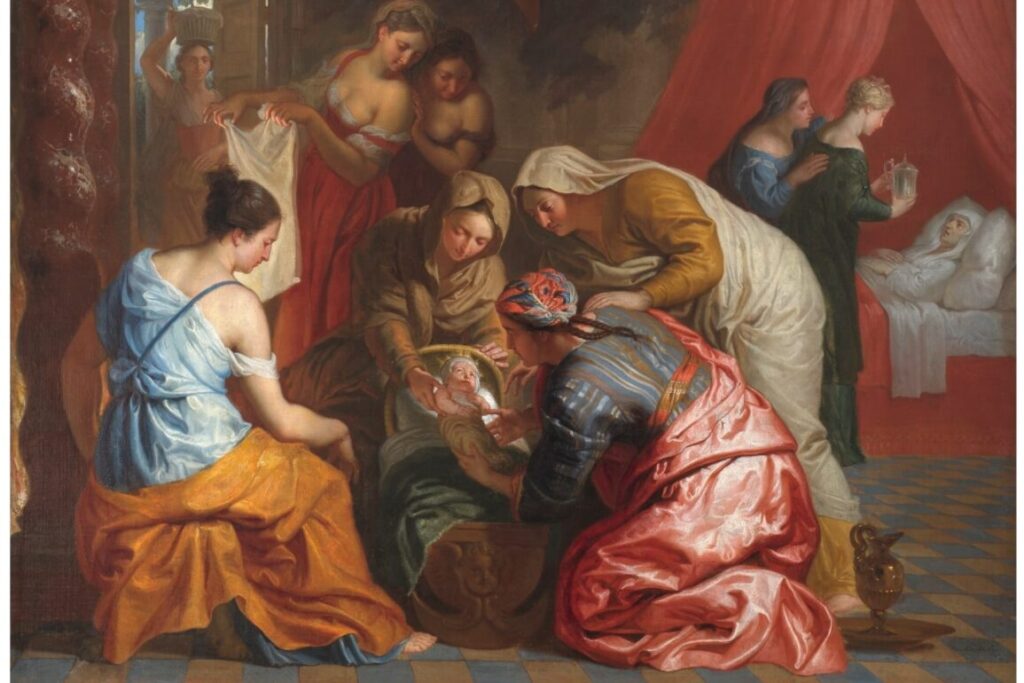
Nativity of the Virgin Mary: Fulfillment of promises
Gonzalo Martín
08 September, 2024
3 min
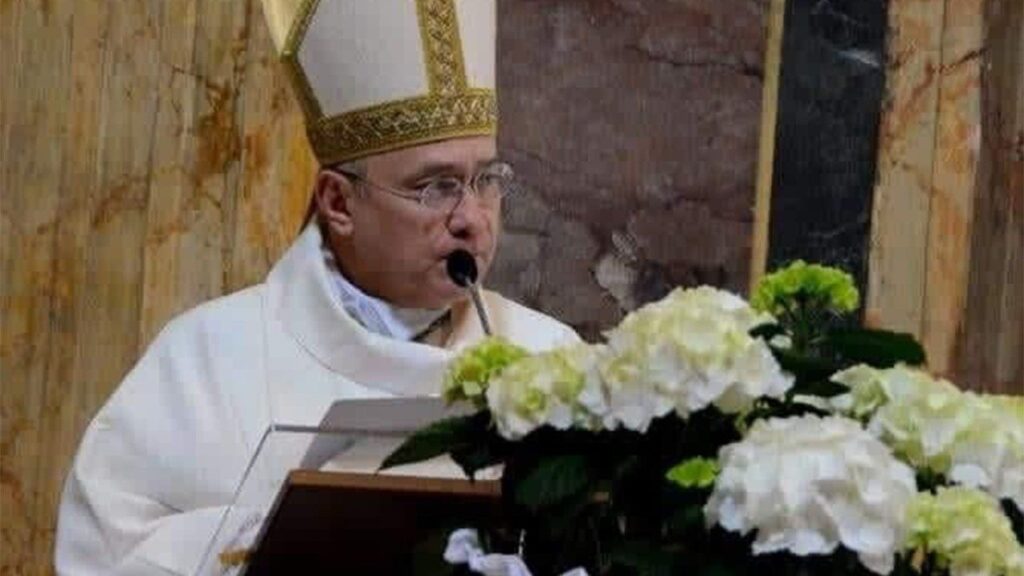
“Let us pray to the Virgin to protect the Church, the Pope, this nation and the entire world”
Exaudi Staff
15 July, 2024
5 min
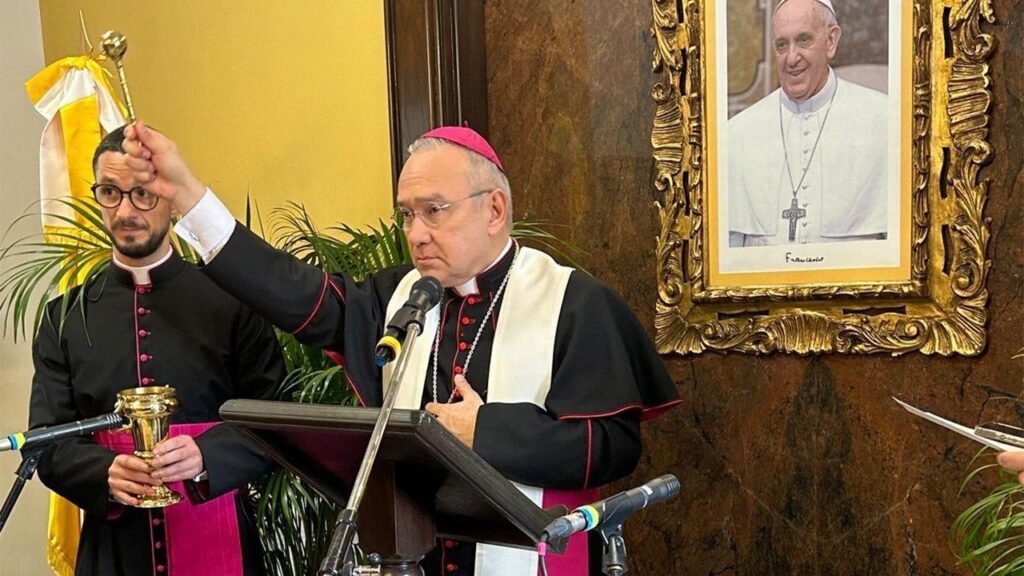
Spiritual closeness of Pope Francis on the occasion of the reopening of the Pontifical Representation in Honduras
Exaudi Staff
14 July, 2024
4 min
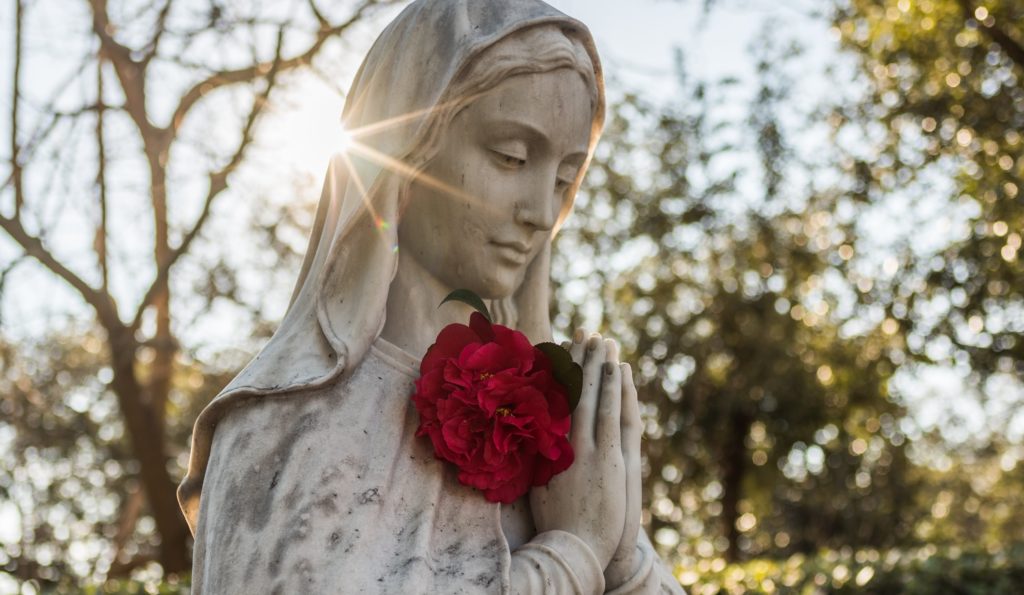
Immaculate Heart of Mary
Israel Risquet
08 June, 2024
3 min
 (EN)
(EN)
 (ES)
(ES)
 (IT)
(IT)

